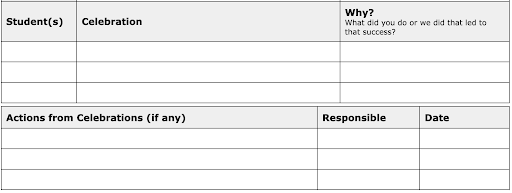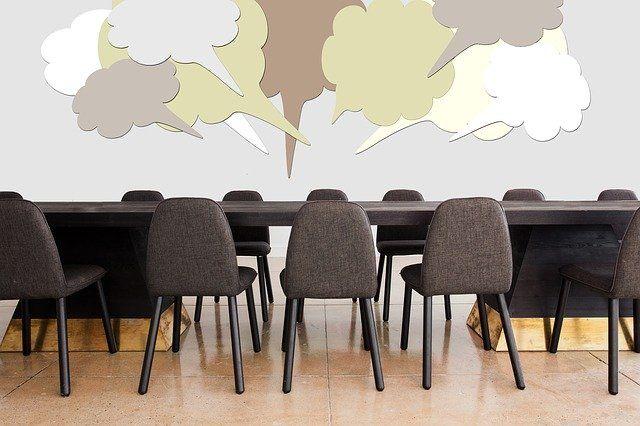We've all been there: a meeting starts with a quick round of "celebrations," everyone smiles, and then you move on. While starting with a positive tone is good, it’s a missed opportunity if that’s where the celebration ends. We need to go deeper.
Celebrations aren't just for setting a positive tone; they are a powerful tool for reinforcing effective practices and building collective efficacy within your team.
For instance, a teacher might say, "I want to celebrate my kindergarten students. They're already doing so well with classroom routines." A surface-level celebration would end there. But a deeper approach uses this success to ask a critical question: "Why?"
When you ask "Why?" you're prompting a deeper, more meaningful reflection. This shifts the focus from "something good happened" to "what did we do that led to this success?"
- For Student Success: Instead of just saying, "The students did great at the science fair," dig in. "What strategies did we put in place that helped them succeed?" This allows a teacher to reflect and say, "I think my new scaffolding plan really helped them organize their ideas." Now you've identified a successful, repeatable strategy that can be shared with others. And to go even deeper, we want to identify the one student who stood out at the science fair and what did the teacher do to impact their success? This allows the teacher to be explicit about the support they are providing as well as name a strategy that could be used to support many other students.
- For Team Success: The same principle applies to your own teams. When reviewing data, don't just note the positive numbers. Ask, "What did we do as a team that led to this growth?" This builds a strong sense of collective efficacy—the belief that your team's actions are directly impacting student outcomes. This is critical for navigating change, as it reminds everyone that their efforts are making a difference.
To ensure you're getting the most out of your celebrations, make them an intentional part of your meeting agenda.
- Prompt with a "Why": On your meeting agenda, don't just have a space for "Celebrations." Have a spot for "Celebration" followed by "Why?" This prompts your team to reflect on the cause of the success.
- Create an Action Box: Right next to your celebration, include a table with columns for Action, Responsible, and Date. If a teacher shares a strategy that led to success, you can immediately capture it as an action item. For example, "Share the kindergarten routine checklist with the Grade 1 team." Below is a snippet from a collaborative team meeting agenda that leads the facilitator to ask the question followed by the space to note any actions for sharing resources or strategies with the team.
- Involve Students and Families: Celebrate successes with the students and their families. We've seen schools create "Celebration" certificates or send a quick email home after a team meeting to share a success they discussed. It’s a powerful way to reinforce a positive school-home connection.
- Use a Script: To encourage deeper reflection, use a simple prompt like, "When I reviewed [data set], I noticed [positive result]. I think this is happening because [reason]." This structured approach helps make a habit of connecting your efforts to the outcomes you're seeing.
By going deeper with your celebrations, you transform a simple feel-good moment into a powerful mechanism for professional growth, shared learning, and building a resilient, effective team.
We'd love to hear how you're using celebrations in your school. Share your stories or best practices with us! Email or if you have something you wish to share.




